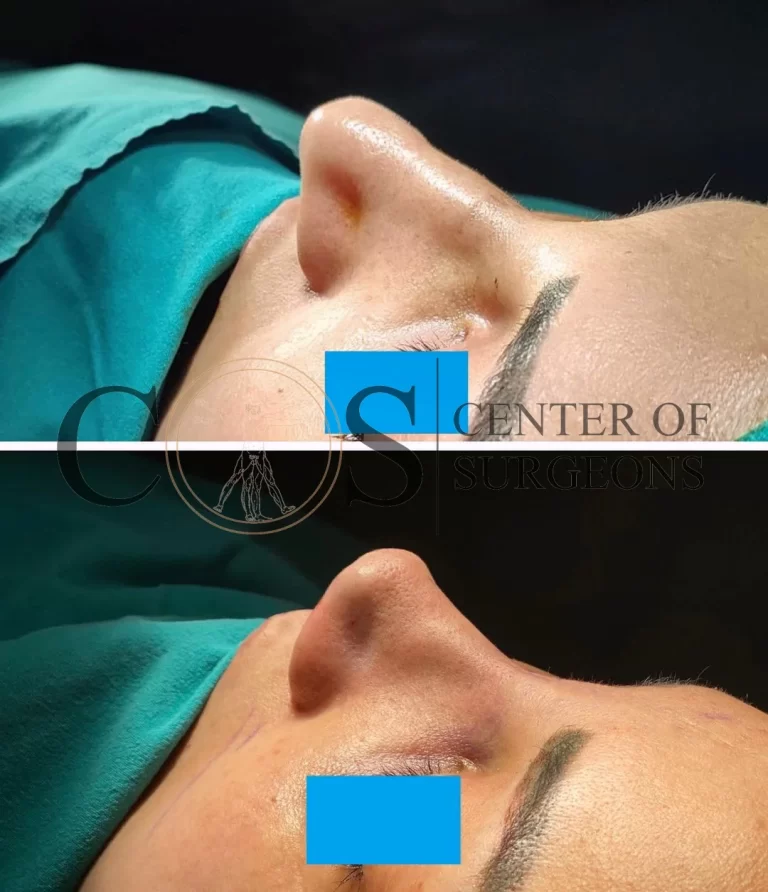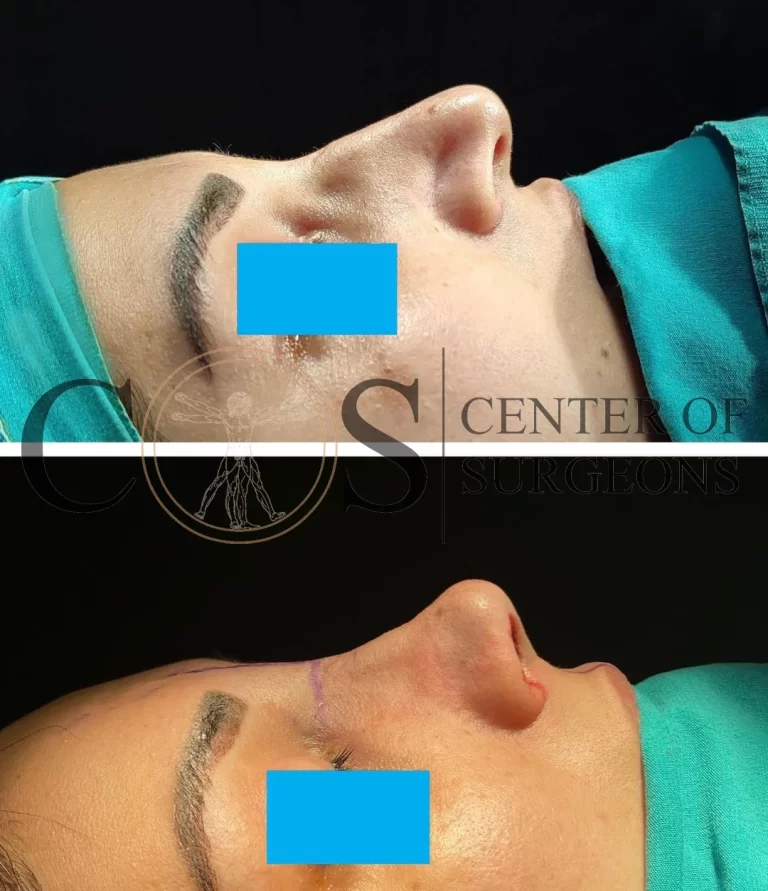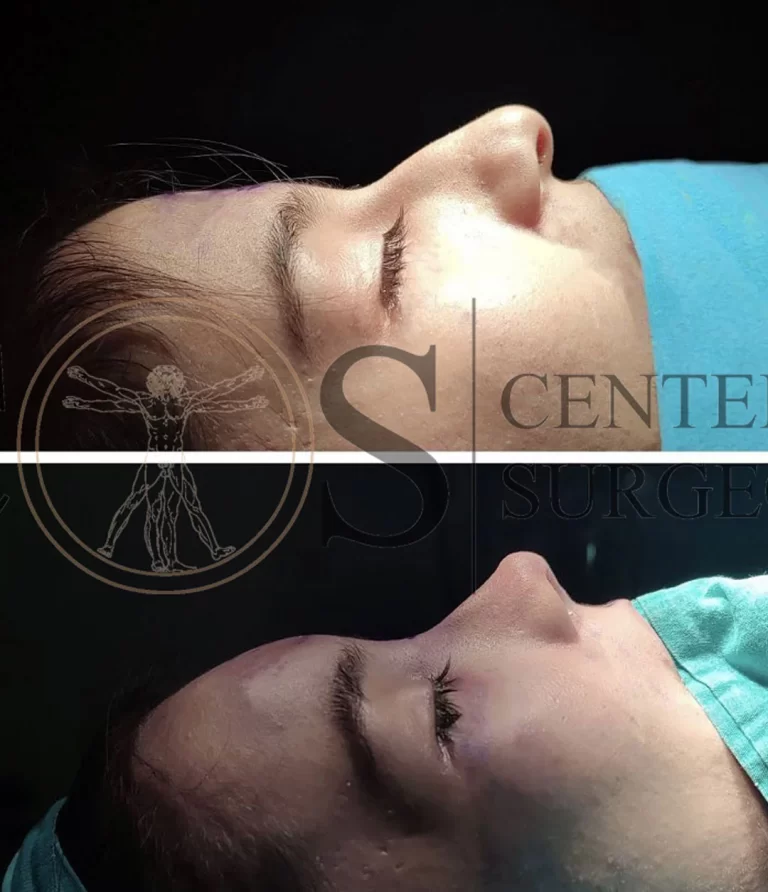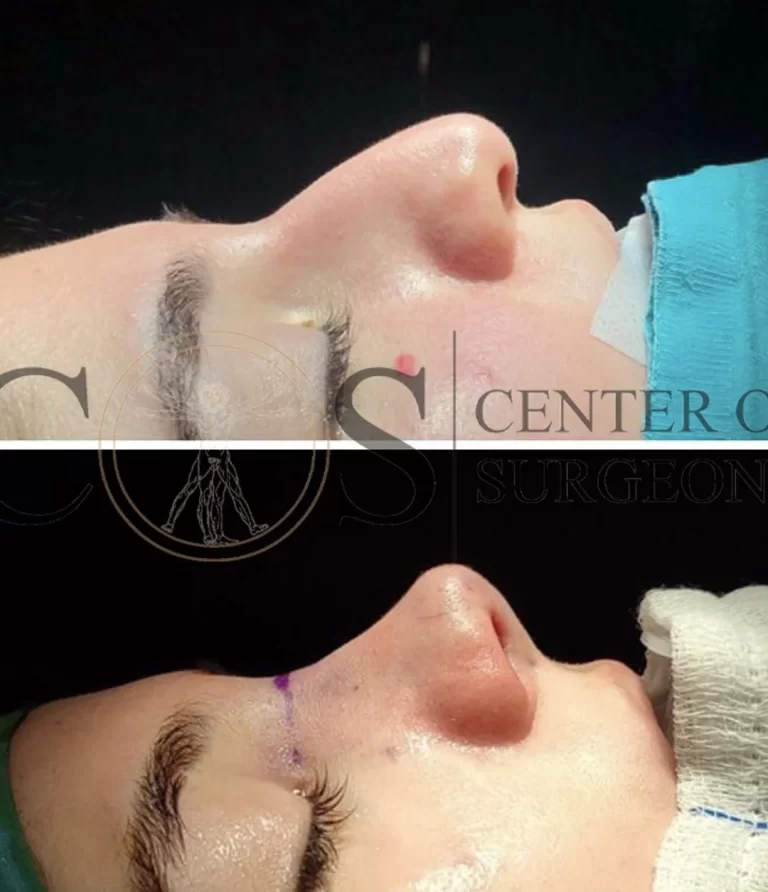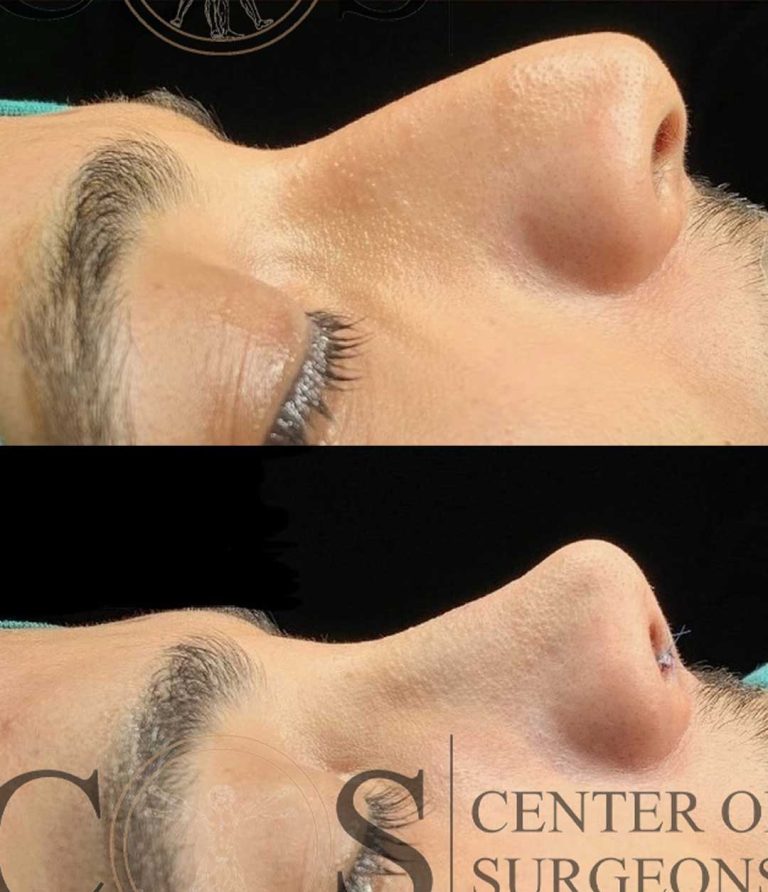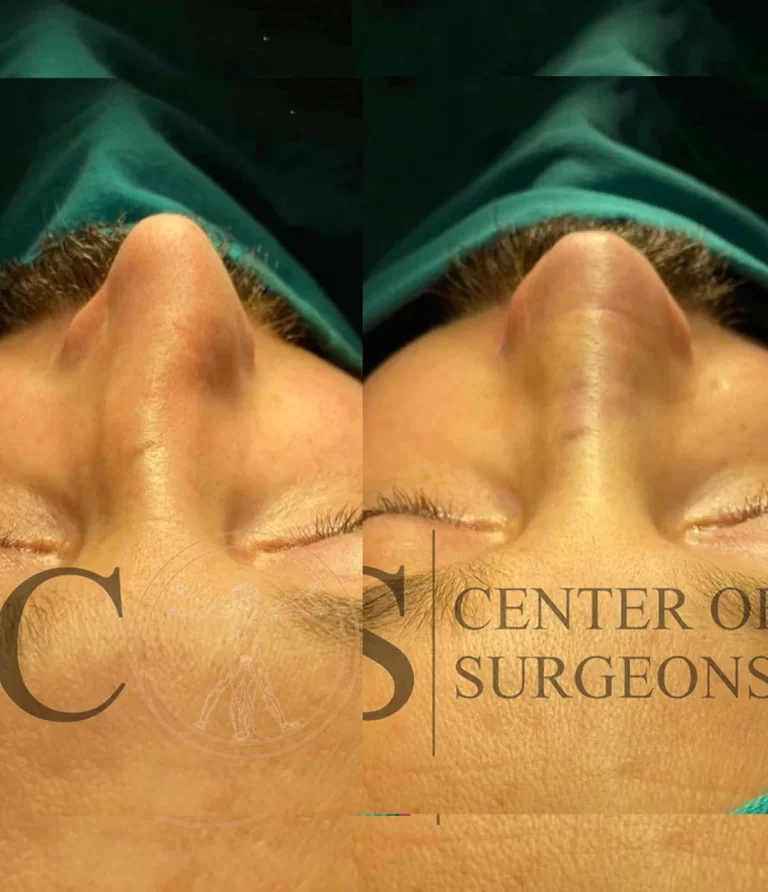Dental Bridge
Smile with Aesthetic and Lasting Dental Bridges
Restore missing teeth securely with dental bridges. Our expert team provides durable, natural-looking solutions to rejuvenate your smile.
Book your free consultation now for a fresh, new look!
"Discover our solutions with a free consultation—contact us today!"
Dental bridge treatment is one of the methods frequently performed by people, due to the deterioration of the teeth that may occur over time. The treatment method that fills the gap between the teeth of a person with missing teeth or teeth is called a dental bridge . Basically, the dental bridge consists of filling the gap with treatment by making the teeth supporting the teeth or dentures on both sides of the missing tooth. These bridges are divided into two as permanent or removable. In some places, false teeth with bridges are also called pontics , and bridges are also called fixed prosthesis . The dental bridge, which is also applied as a continuation of the crown treatment, for example, the treatment used in the method of filling the gap formed after the loss of a few front teeth is called bridge.
When is bridge therapy recommended?
As a result of the dentist’s controls, bridge treatment is generally applied if the following findings are present:
-Fall of tooth after decay
-Treatments as a result of caries or infection
– Damage to the tooth as a result of an accident or injury
– Biting and eating difficulties
– Pain from cavities
-Psychological problems in appearance
Types of dental bridge treatment
Dental bridge treatment generally have four methods. Conventional, cantilever bridge, Maryland bridges and implant supported bridge. It consists of two crowns ( abutments ) that fix the false teeth or teeth in the traditional bridge type , which is the most common type of bridge, which can be fixed and removed when desired . Cantilever bridges , which is a less used treatment, is a method used as a result of missing teeth or teeth which being combined on only one side. However, some experts stated that as a result of this method, other teeth may be loaded and this may damage them.
Another bridge model that protects the teeth is the Maryland bridges . In this treatment method, porcelain is fused with metal or made of plastic teeth and gums supported by metal-porcelain and attached to the back of the teeth on both sides of the cavity. Finally, implant-supported bridges , which are more costly than others, use dental implants as support. In this method, which is similar to the method used in traditional dental bridge treatment, the teeth are supported in place with implants.
Dental bridge treatment stages
In bridge dental treatment, the following process is generally applied:
– First of all, the appropriate treatment method for your tooth structure is determined.
-Abutment teeth are prepared for the teeth to be bridged
-The process is applied according to the structure of the teeth on both sides of the gap and the gap
-A temporary bridge is placed until the bridge, which is prepared by the dentist according to your tooth structure, is completed. (This bridge is not the actual bridge.)
-After a while, when the bridge suitable for the person is ready, the temporary bridge is removed and the main bridge is put into place by various methods.
It is normal to feel pain and tenderness after the bridge. If this pain or sensitivity, which is expected to go away after a few days, does not go away, it is recommended to consult a dentist.
– It may take a few weeks for the bridge to be fully aligned with the other teeth and fully seated.
-It is stated by experts that the average duration of dental bridges is between 5-15 years.
Cost of dental bridges
Dental bridges , which have different types , varies according to the type and procedure. You can contact us for more information about dental bridge treatment and its cost.
What is a dental bridge?
A dental bridge is a custom-made artificial tooth (pontic) that fills the gap left by missing teeth. It is supported by adjacent natural teeth or dental implants and provides a long-lasting, natural-looking replacement.
Who needs a dental bridge?
You may need a dental bridge if you:
✔️ Have one or more missing teeth
✔️ Want a fixed, non-removable tooth replacement
✔️ Have healthy adjacent teeth that can support a bridge
✔️ Prefer a quicker alternative to dental implants
What are the different types of dental bridges?
- Traditional Bridge – Uses two crowns on adjacent teeth to support a pontic.
- Cantilever Bridge – Supported by one adjacent tooth, used when only one side has a supporting tooth.
- Maryland Bridge – Uses metal or porcelain wings bonded to adjacent teeth (no crowns required).
- Implant-Supported Bridge – Secured by dental implants instead of natural teeth, ideal for multiple missing teeth.
How long does it take to get a dental bridge?
- Typically two visits over 1-2 weeks.
- A temporary bridge is placed while the permanent one is being crafted.
- Implant-supported bridges may take 3-6 months to complete due to healing time.
How long do dental bridges last?
- With proper care, dental bridges can last 10-15 years or longer.
- Implant-supported bridges can last 20+ years.
Does getting a dental bridge hurt?
No! The procedure is done under local anesthesia, ensuring a pain-free experience. Some mild sensitivity may occur after placement but usually subsides quickly.
What are the advantages of a dental bridge?
✔️ Restores chewing and speaking ability
✔️ Prevents teeth from shifting
✔️ Provides aesthetic and natural-looking results
✔️ Requires fewer visits than implants
✔️ More affordable than implants
How much does a dental bridge cost?
The cost varies depending on the type of bridge, material used, and location:
- Traditional Bridge: $1,500 – $5,000 (per unit)
- Implant-Supported Bridge: $3,500 – $15,000
- Maryland Bridge: $1,500 – $2,500
